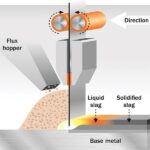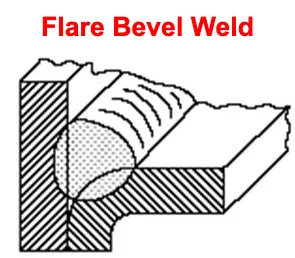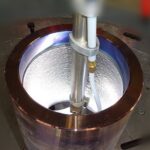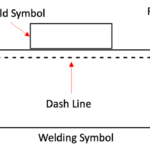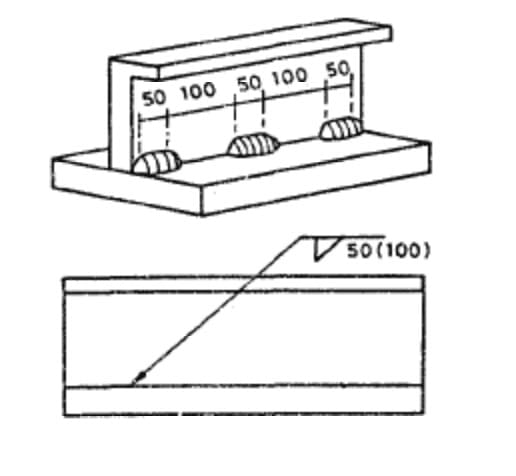What is Weld Reinforcement in Welding?
Weld reinforcement refers to the process of adding extra material to a weld joint in order to enhance its strength or other mechanical properties.
This additional material can be in the form of metal filler, ceramics, plastics, or cladding on the base metal surrounding the weld joint.
The weld reinforcement can be:
- Weld Face reinforcement,
- Weld Root reinforcement.

Weld Reinforcement acceptance Criteria
Acceptance criteria for weld reinforcement refer to the specific standards and guidelines that determine the permissible amount and quality of reinforcement in a weld joint.
These criteria outline the parameters for evaluating and accepting the level of reinforcement in accordance with industry regulations and specifications.
ASME B31.3 Weld Reinforcement acceptance Criteria
In the case of groove welds, the acceptable height of reinforcement is determined by the smaller measurement taken from the surfaces of the adjacent components. It is important to note that both reinforcement and internal protrusion are allowed in a weld joint.
On the other hand, when it comes to fillet welds, the height is measured from the theoretical throat, as depicted in Figure 328.5.2A. In this context, internal protrusion is not applicable.
AWS D1.1 Weld Reinforcement acceptance Criteria
For WPS acceptance criteria, the maximum allowable weld reinforcement should not exceed 1/8 inch or 3 millimeters. The weld profile should adhere to the specifications outlined in Figure 1.4, ensuring that complete fusion is achieved.
ISO 5817 Weld Reinforcement acceptance Criteria
ISO 5817 provides acceptance criteria for weld reinforcement in accordance with international standards. The criteria outline the permissible limits for weld reinforcement based on different quality levels as A, B and C.
For quality level A, the maximum weld reinforcement or excess weld metal allowed is 5 mm maximum.
The excess weld metal in a butt weld should have a smooth transition. The acceptable dimensions for the excess weld metal are 2 times 0.5 times the height (h) plus 1 millimeter plus 0.25 times the width (b).
The excess weld metal should be maximum 10 millimeters for Level D subject to condition specified in below table.
The maximum excess weld metal width allowed is 7 millimeters for Level C if the height is less than or equal to 5 millimeters.
The acceptance criteria specify the maximum allowable height or dimensions of weld reinforcement, ensuring that it does not exceed the specified limits.
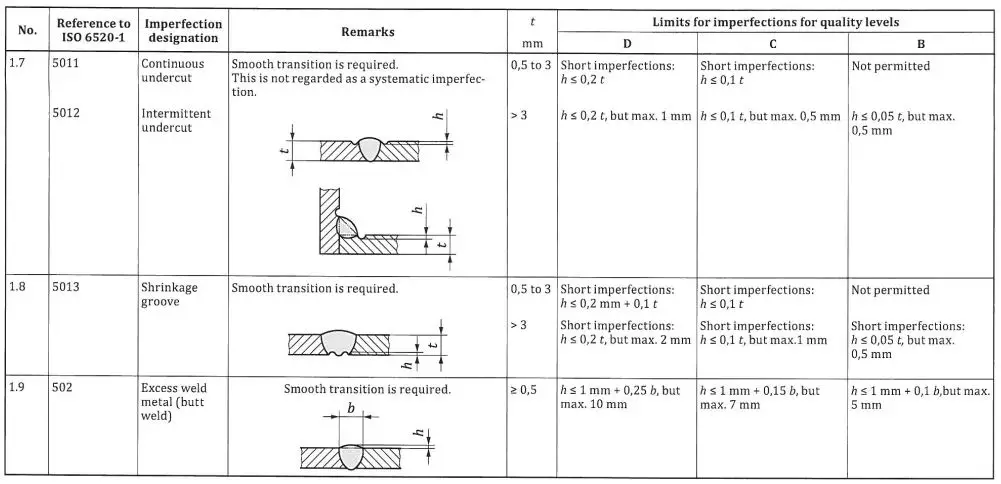
Methods of Weld Reinforcement
Various methods can be employed to achieve weld reinforcement, depending on the specific application and materials involved. Some common methods include:
- Adding metal filler material: This method involves introducing additional metal to the weld joint using a welding torch. The molten metal then cools and solidifies, reinforcing the weld.
- Cladding: Cladding entails applying a layer of material, such as a thin metal layer or ceramic, to the base metal surrounding the weld joint. This technique is often employed to improve visual appearance or protect against corrosion.
- Adding material to the base metal: This approach involves adding material to the base metal around the weld joint to increase its thickness. It is commonly utilized when welding metals that will experience high levels of stress or strain.
Determining the Amount of Weld Reinforcement
The permissible amount of weld reinforcement depends on factors like the application and materials involved.
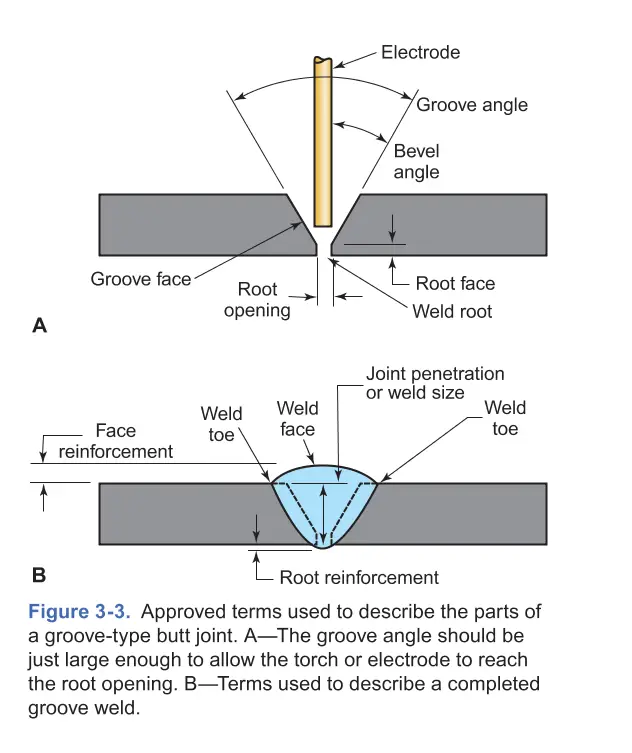
Generally, it is advisable to minimize the amount of reinforcement, as excessive reinforcement can weaken the weld joint.
Benefits of Weld Reinforcement
While there are advantages to weld reinforcement, it is important to consider potential drawbacks as well. Here are some points to consider:
- Enhanced Strength: Weld reinforcement can improve the overall strength of a weld joint, making it more resistant to stress and strain in certain conditions.
- Repairing Damaged Welds: Reinforcement can be used to repair welds that have been damaged or compromised, extending the life of the welded structure.
- Improved Appearance: By adding reinforcement, the visual appearance of the weld joint can be enhanced, leading to a more aesthetically pleasing result.
However, it is worth noting the potential drawbacks:
- Waste of Filler Material: Excessive weld reinforcement may result in the unnecessary consumption of filler material, leading to increased costs and material waste.
- Consideration of Base Metal: Weld reinforcement should ideally be slightly higher than the base metal to ensure proper fusion and strength. However, excessive reinforcement can weaken the joint or cause other issues.
- Increased Welding Time and Resources: Excessive weld reinforcement requires additional welding time and resources, including filler wire. This can extend the welding process, leading to increased labor costs and resource consumption.
Overall, while weld reinforcement can offer benefits, it is crucial to strike the right balance to avoid unnecessary waste and ensure the weld joint’s integrity and efficiency.
